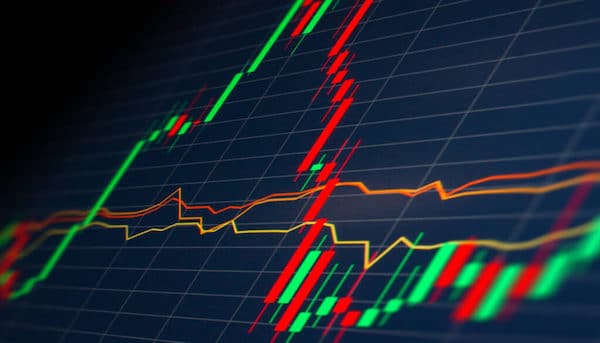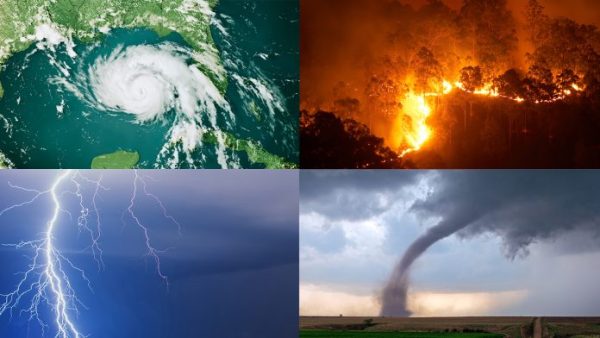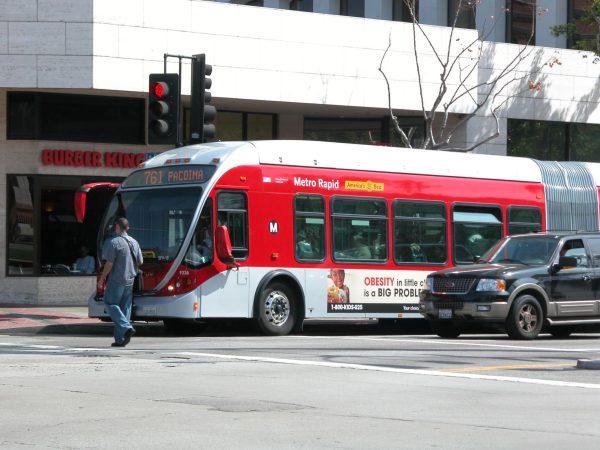What is inflation?
Russia, Zimbabwe, and the United States: What do they have in common? Inflation. But why would you care? Maybe you heard people talking about it but never really knew what it was. But hopefully, this will help you better understand inflation as well as the effects it has on you.
Well, first off you need to understand that inflation is the percentage in which prices increase on goods and services.According to the U.S Bureau of Labor Statistics, “inflation is up 7%.” For reference the normal inflation rate is 2% per year.
You may think to yourself why is that 2% inflation rate normal? Isn’t that bad? It’s actually not. In fact the U.S. government sets a goal of a 2% inflation rate. According to the Federal Reserve, “that goal is most consistent with the Federal Reserve’s mandate for maximum employment and price stability.”
In inflation, there are mainly three parts: government interference, demand-pull inflation, and recession. So for example, if there is a small village with one central market and there is too much money for people to spend, the government worried about the economy of this village will go and tell people to spend money, make lower interest rates, and give people money.
The people of the village will now go out to spend this money but after a while, the store starts to run out of things to sell so with the low interest rates, the owner of the market will buy a factory to produce more items while hiring workers, buying material, and selling products at double the price because of the lower supply of products, which is demand-pull inflation.
After a couple of weeks the money that the people received is wasted but now the market owner is left with an oversupply of products and a factory that isn’t needed since there isn’t demand for the products, so slowly he lowers prices. This is called recession.
The United States actually went through something like this when Covid hit. As the quarantine lowered spending, the government actually used the same tactics of decreasing interest rates and giving stimulus checks.
Now, how does the government end inflation? Contractionary monetary policy is a way that the government fights inflation.By tightening the money supply, spending is discouraged. The policy strategy is to increase interest rates, increase bank reserve requirements, or withdraw money.
Although there are many different types of things that cause inflation and stop it, that is the basic understanding of inflation.






Matthew • Jan 6, 2023 at 12:53 pm
I learned a lot about how inflation works and effects the people.